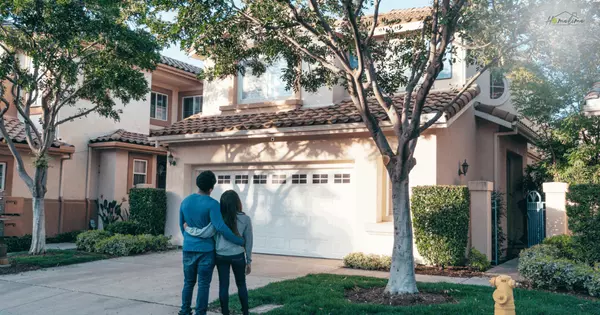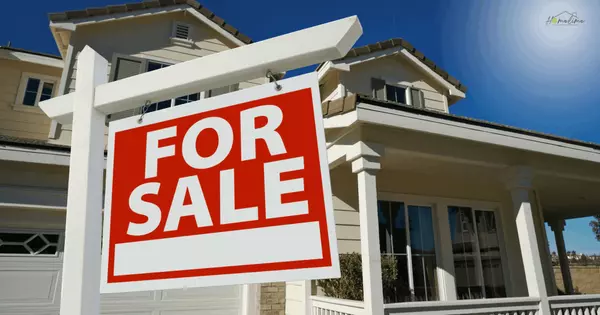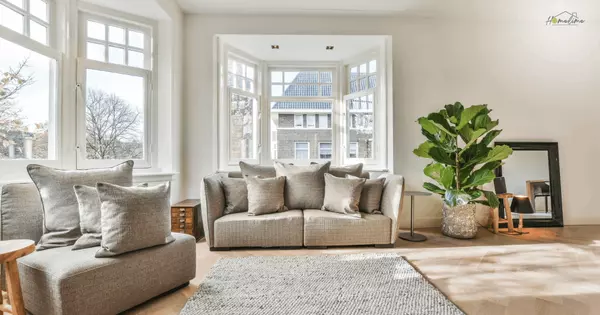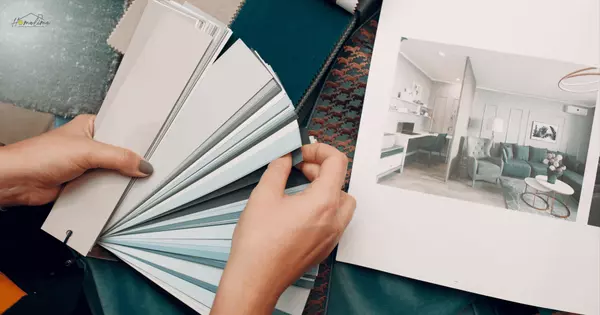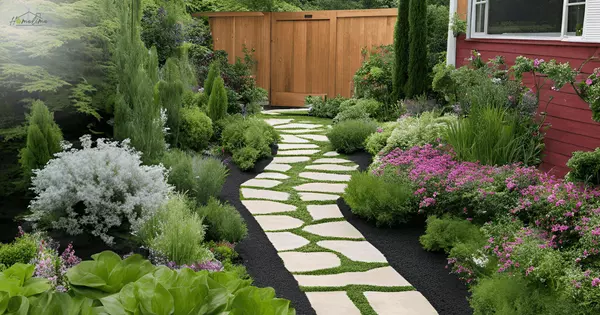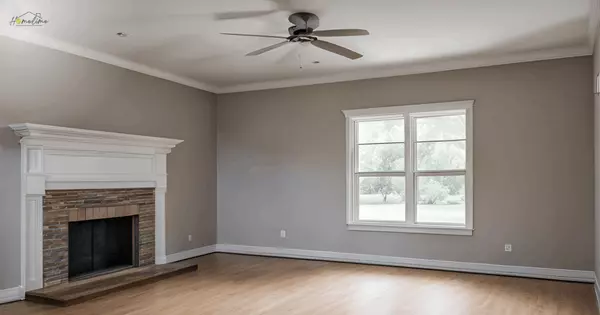
How & Why You Should Protect A Vacant Home
Protecting a vacant home is crucial to prevent vandalism, break-ins, and potential damage from maintenance issues. Here are some effective strategies: Secure the Property Locks and Reinforcements: Ensure all doors and windows have high-quality locks. Consider installing deadbolts and reinforcing sliding doors with rods or tracks. Alarm System: Install a security alarm system with window and door sensors. Many modern systems can alert you via smartphone. Motion-Sensor Lights: Install outdoor motion-activated lights to deter intruders by illuminating the area when movement is detected. Smart Home Technology Video Surveillance: Install cameras around entry points and the perimeter. Smart cameras allow you to monitor activity remotely. Smart Locks: Consider using smart locks to control access remotely if someone needs to enter, such as for maintenance. Make the Home Look Occupied Timers for Lights: Use timers to turn lights on and off at various times to create the illusion of occupancy. Curtains or Blinds: Keep curtains or blinds slightly open so the home doesn’t look obviously vacant, but don’t allow a clear view of valuables. Park a Car: If possible, keep a vehicle in the driveway or arrange for a neighbor to occasionally park there. Regular Maintenance Lawn Care: Hire someone to regularly mow the lawn or remove snow. Overgrown lawns or an unshoveled driveway are clear indicators that no one is home. Mail and Deliveries: Put a hold on mail and packages or have someone collect them regularly so they don't pile up. Neighborhood Watch Inform Trusted Neighbors: Let a trusted neighbor know that the home is vacant. They can keep an eye out for suspicious activity. Emergency Contact: Provide neighbors with your contact information or that of a property manager in case of emergencies. Utilities and Interior Protection Water System: Turn off the water supply to avoid flooding from leaks. Drain pipes if the home will be vacant during winter to prevent them from freezing and bursting. Heat: Set the thermostat to a safe level to prevent freezing pipes or excessive humidity. Unplug Appliances: Unplug unnecessary appliances to reduce the risk of electrical fires. Insurance Coverage Vacant Home Insurance: Check with your insurance company to ensure your homeowner's policy covers a vacant home. Standard policies often have limitations on vacant properties, so additional coverage may be necessary. Install a Security Sign Even if you don’t have a professional security system, placing security company signs and decals around the property can serve as a deterrent. Reinforce Vulnerable Entry Points Windows: Install security film or window locks to make windows harder to break or open. Garage Doors: Secure garage doors with extra locks or disable the automatic opener to prevent unauthorized access. Visit Regularly Regular Check-ins: Visit the home periodically if possible, or hire someone to do it. Physical visits help to ensure everything is in good order and prevent small issues from becoming big problems. By combining these measures, you can significantly reduce the risk of vandalism, theft, or damage to a vacant home.
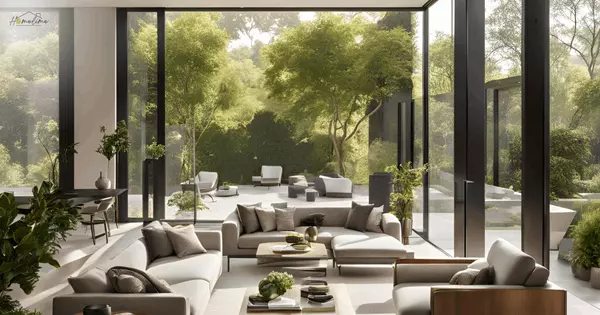
How to Showcase Your Home’s Best Features
Staging your home is one of the most effective ways to make a great impression on potential buyers. A well-staged home allows buyers to visualize themselves living in the space, making it more likely that they’ll make an offer. The good news is that staging doesn’t have to be expensive or complicated. Here are some key strategies to stage your home and help it sell faster. 1. Declutter and Depersonalize The first step in staging is to declutter and remove personal items from your home. Buyers need to be able to imagine their own belongings in the space, which is difficult to do when your home is filled with personal items like family photos, memorabilia, and knick-knacks. Start by packing away items that aren’t essential to your daily life, including books, toys, and excess decor. Decluttering also helps make rooms look larger and more open. Too much furniture or oversized pieces can make a space feel cramped, so consider removing or rearranging furniture to create a more spacious, flowing layout. 2. Maximize Natural Light Bright, airy spaces are more inviting and can make your home feel larger. Open curtains and blinds to let in as much natural light as possible. If you have dark or heavy drapes, consider replacing them with lighter, sheer curtains that allow more light to filter in. If natural light is limited, strategically place lamps and mirrors to brighten the space. Mirrors can reflect light and make rooms appear bigger, which is a great trick for smaller rooms or areas with limited windows. 3. Arrange Furniture Strategically The way your furniture is arranged can impact how buyers perceive the space. Instead of pushing all furniture against the walls, arrange pieces in a way that creates conversation areas and defines the flow of the room. For example, position sofas and chairs to face each other in the living room, rather than towards the TV. If your furniture is worn or outdated, consider renting or borrowing modern pieces for the staging process. Even adding a few fresh accents like new throw pillows, rugs, or artwork can make your home feel more contemporary and appealing to buyers. 4. Highlight Key Features Every home has unique features that make it special, whether it’s a fireplace, built-in shelving, or large windows. When staging, focus on highlighting these features so they stand out to potential buyers. Arrange furniture and decor to draw attention to focal points, such as placing a cozy seating area near the fireplace or keeping the area around large windows clear to showcase the view. You can also use accent lighting to highlight architectural details, artwork, or specific areas of the home that deserve extra attention. 5. Create Inviting Outdoor Spaces Don’t forget about your home’s exterior when staging. Curb appeal is crucial, as it’s the first thing buyers see when they arrive. Make sure your lawn is mowed, hedges are trimmed, and walkways are clean. Adding fresh flowers or potted plants near the entryway can also create a welcoming atmosphere. If you have a porch, patio, or backyard, stage these spaces to show their potential. Arrange outdoor furniture to create an inviting seating area, and add cozy touches like outdoor cushions, string lights, or a fire pit. 6. Neutralize Paint Colors While bold colors can reflect your personal style, they may not appeal to all buyers. Consider repainting rooms in neutral tones like soft gray, beige, or white to create a blank canvas that buyers can imagine customizing to their own taste. Neutral colors also make rooms feel larger and brighter, which can be especially helpful in smaller spaces. If you have limited time or budget for painting, focus on high-traffic areas like the living room, kitchen, and master bedroom. 7. Make Repairs and Address Maintenance Issues Before listing your home, take care of any minor repairs or maintenance issues that could turn off buyers. This includes fixing leaky faucets, patching holes in the walls, and repairing any damaged flooring or fixtures. Buyers may be less likely to make an offer if they notice signs of neglect, so make sure your home is in good condition before showings begin. If there are larger issues that you can’t afford to fix, be transparent about them with potential buyers. However, addressing as many issues as possible beforehand will increase the chances of a smooth sale. 8. Add Fresh Flowers or Greenery Bringing a touch of nature indoors can make your home feel more inviting and vibrant. Fresh flowers, potted plants, or simple greenery can add life to any room without overwhelming the space. Choose plants that are easy to maintain and that complement the style of your home. Place them in key areas such as the dining room table, kitchen counters, or entryway to enhance the overall ambiance.
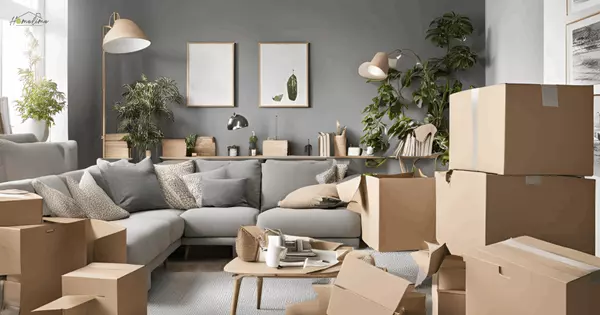
Simple Tips to Organize and Sell Your Home Faster
Preparing to sell your home can feel overwhelming, but a crucial step to ensure a smooth process is getting your space organized. An organized home not only looks more appealing in photographs but also helps potential buyers envision themselves living there. Here’s a comprehensive guide to organizing your home before putting it on the market. 1. Start with a Deep Declutter The first step to an organized home is decluttering. Begin by going room to room and sorting through your belongings. Create four categories: keep, donate, sell, and throw away. Focus on clearing out items that you no longer need or use. Consider items in storage spaces like basements and attics as well. A good rule of thumb is if you haven’t used it in the past year, it’s time to let it go. 2. Tidy Up Storage Spaces Buyers are often interested in storage capabilities, so ensure your closets, cabinets, and garage are neat and organized. Use storage bins, baskets, and labels to help keep everything in its place. Aim to remove at least half of the items in each storage space to give the impression of ample room. For example, if your closet is crammed, it may seem like it doesn’t have enough space for buyers' needs. 3. Focus on High-Traffic Areas The first spaces buyers will see are often the most impactful. Spend extra time organizing these high-traffic areas. In the kitchen, declutter countertops and organize cabinets to show off available space. In the living room, remove excess furniture and decor to create an open and inviting atmosphere. This can help buyers see how they might arrange their own furniture. 4. Simplify Decor A crucial part of organizing your home for sale is neutralizing decor. Personal items, like family photographs and bold artwork, can distract potential buyers. Replace these with simple, tasteful decor that appeals to a wider audience. Stick to neutral colors and minimalist design principles to create a calming environment. 5. Maximize Curb Appeal The exterior of your home is just as important as the interior. Organize outdoor spaces by mowing the lawn, trimming hedges, and cleaning up any debris. Clear pathways and ensure any outdoor furniture is tidy and arranged invitingly. A well-kept exterior creates a positive first impression and encourages buyers to want to see more. 6. Keep It Clean for Showings Once your home is organized, maintaining cleanliness is key. Develop a cleaning routine to ensure your home stays show-ready. Regularly vacuum, dust, and wipe down surfaces. If showings are scheduled, do a quick tidy-up to ensure everything looks perfect. Consider using air fresheners or candles to create a pleasant scent that enhances the welcoming atmosphere. 7. Stage for Success After organizing, consider staging your home to highlight its best features. You can do this by rearranging furniture to create flow and ensuring rooms look functional. If you have empty rooms, consider renting furniture or decor to give buyers an idea of how the space can be used. Well-staged homes often sell faster and at higher prices. 8. Get Feedback If possible, invite a friend or real estate agent to walk through your home and provide feedback. They may notice areas that need additional organization or suggest improvements that can enhance the overall appeal. Their fresh perspective can help you make final adjustments before showings begin. By following these tips to organize your home before selling, you can create an inviting atmosphere that resonates with buyers and increases your chances of a successful sale. A well-organized home tells a story and allows buyers to envision their future there.
Recent Posts
